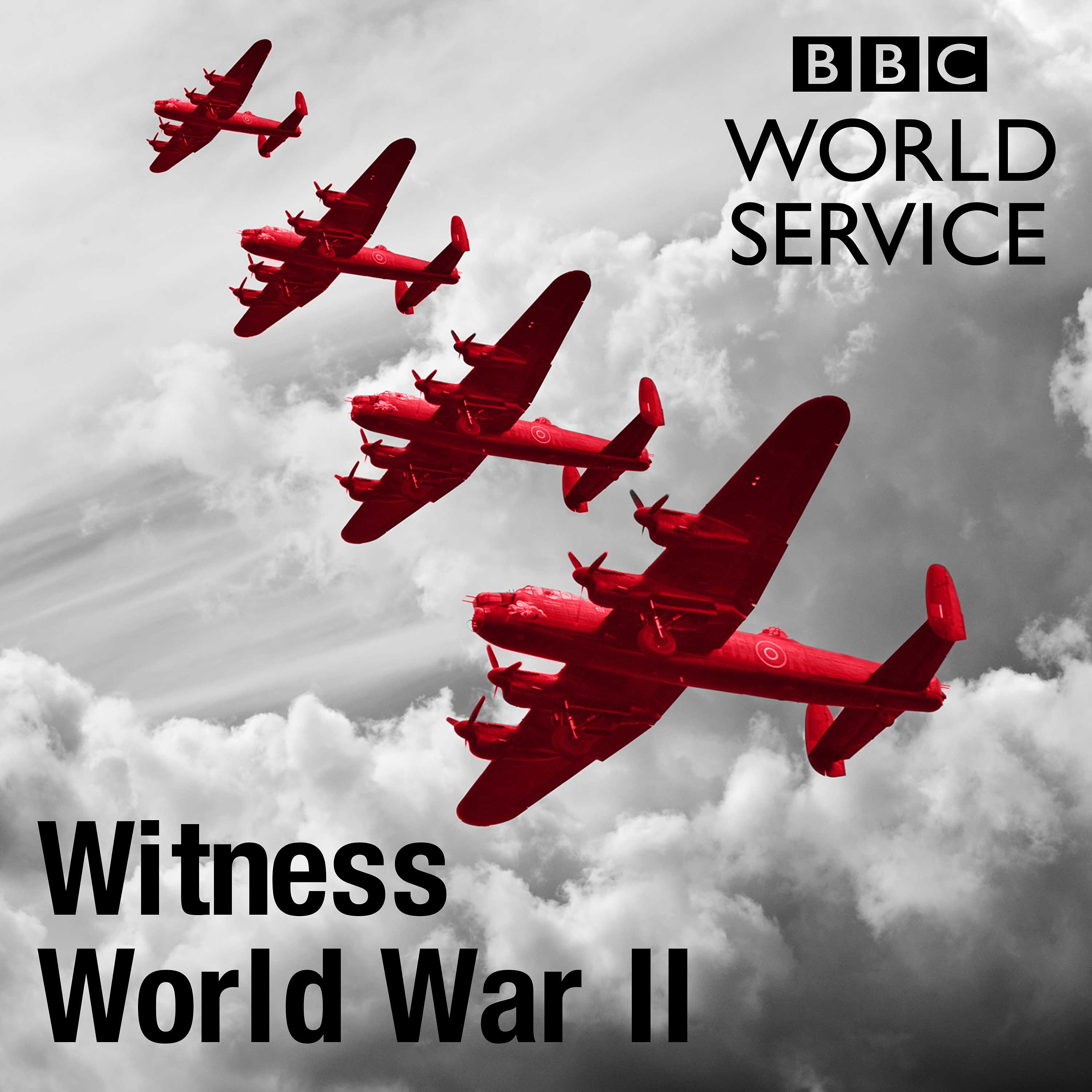Families interned in WW2 China
Description
Despite facing malnutrition, starvation and disease, Christopher John Huckstep's father set up a school in the Japanese internment camp where his family was sent in 1943.
Herbert Huckstep ensured the 350 children of Lunghwa Civilian Assembly Centre were taught a wide range of subjects using brown paper bags to write on. The school was called Lunghwa Academy and it had its own badge, motto and certificates. A syllabus was followed, exams were taken and there were even evening classes for adults.
The Japanese set up more than 20 internment camps in China and Hong Kong holding an estimated 14,000 people, but it is not believed that such a sophisticated schooling system was established elsewhere.
In spite of the many hardships, educational standards were kept so high that qualifications taken in the camp were later recognised by the Cambridge exam board when the exam scripts were taken to England after the war.
Christopher John Huckstep shares his memories with Josephine McDermott.
(Photo: Christopher John Huckstep and other children at Lunghwa Civilian Assembly Centre, Shanghai, in 1945. Credit: Oscar Seepol. Image courtesy of Susannah Stapleton and Special Collections, University of Bristol Library)
More Episodes
Charles Norman Shay was a field medic in the United States Army when he landed on the Normandy beach codenamed Omaha on D-Day.
On June 6, 1944, the US 1st Infantry Division faced a bombardment of machine gun fire from the German soldiers on surrounding cliffs.
More than 1,700 men died on Omaha...
Published 06/06/24
Published 06/06/24
In 1944, a young Irishwoman called Maureen Flavin drew up a weather report that helped change the course of World War Two.
Maureen was working at a post office in Blacksod on the far west coast of Ireland. Her duties included recording rainfall, wind speeds, temperature and air pressure.
On 3...
Published 06/05/24


